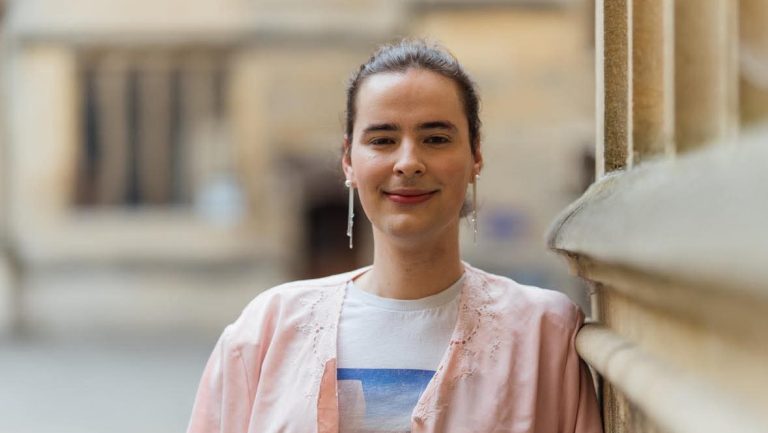The growing private tutoring industry for Oxford and Cambridge admissions is one of British education’s most visible fault lines. The practice of paying for specialised admissions coaching has become increasingly common – and increasingly controversial.
Private tutoring for Oxbridge admissions exemplifies everything wrong with educational inequality. Wealthy families can spend thousands of pounds on specialised coaching, mock interviews, and application guidance, while equally talented students from less privileged backgrounds navigate the process alone. This contradicts universities’ stated commitment to selecting students on academic merit and potential not background or resources.
However, for some students from non-traditional backgrounds, targeted tutoring can be a crucial equalising force. Many comprehensive school students, despite their academic capabilities, lack the cultural and social capital implicitly expected. They may have never encountered the discourse common in Oxbridge interviews or been exposed to the specific ways of thinking and expressing ideas that these universities value. A bright student from a working-class background might use tutoring to gain the same interview techniques and application strategies that come naturally to those who have grown up in academic households or attended schools with generations of Oxbridge success.
While compelling, this doesn’t address fundamental ethical questions. Should access to elite education depend on ability to pay for extra coaching? If tutoring does provide significant advantages, shouldn’t these skills and strategies be taught openly and systematically within schools rather than through an expensive private market?
Moreover, the focus on tutoring obscures structural inequalities in British education. Before students reach Oxbridge applications, their paths have been shaped by countless advantages or disadvantages consequent of their socioeconomic background. One study concluded that “most of the students with low socioeconomic status had poor achievements in their academics, which led them into the labour market at an early age”. Private school networks, family connections to academia, exposure to intellectual discussions at home, and access to cultural experiences determine who even considers applying.
The tutoring industry is a symptom not a cause of educational inequality. It has emerged in response to a system where the stakes of elite university admission have become increasingly high (or at least are perceived to be), while the preparation for success in that system remains unevenly distributed. As competition for places intensifies, families with means will seek advantages for their children – and the market, unregulated, will provide it.
The commercialisation of Oxbridge admissions is part of a shift from universities being purely intellectual institutions to gatekeepers of social and economic opportunity. Universities are not places of learning and intellectual growth as much as their prosaic mission statements would have you believe but investments to access a certain job, an economic stratum, a circle of influence.
Banning or restricting private tutoring would likely drive it underground while doing nothing to address underlying educational inequalities. Rather, structural reform and social policy is necessary as existing equity initiatives have had mixed effectiveness. Access remains concentrated, with 11% of Oxford entrants coming from just ten schools and 30% of Cambridge applicants from only 50, as of 2019. Additionally, since 2020 the gap between private school and state school access to Oxford “has only grown bigger”. Programmes like Opportunity Oxford and Foundation Oxford, while positive, especially their residential or year-long components and offer numbers, nonetheless intervene too late, when disparities are already entrenched.
Early intervention is needed: invest in high-quality early childhood education, reform education funding to better support disadvantaged schools, and address intergenerational poverty through job training and community development initiatives.
Fundamentally, though, the debate over Oxbridge admissions concerns meritocracy. Are our accolades, such as an Oxford admission, even deserved?
People believe so; we tend to think that success stems from individual effort and luck has little role. A 2023 Ipsos study three quarters (77%) of Britons view hard work as essential or very important for getting ahead in life. Less than half (46%) believe ‘knowing the right people’ plays a key role, and only about a quarter cite parental education or family wealth as significant factors. Just one in five attribute success to luck, making it the least important factor among those considered.
It makes sense why we believe this. The just-world hypothesis shows people desire to believe the world is fair, and meritocracy is fitting for this illusion. It offers something seductive: self-congratulation and absolution from guilt. Meritocracy frames success as individual excellence, failure as personal deficiency. It makes prosperity guilt-free and justifies why some go without even basic necessities. It excuses many of us who walk past, unflinching. After all, everything is earned or deserved.
However, this view ignores how a life actually takes shape. The qualities we label as “merit” – ability, persistence, determination, ambition – arise largely from chance. Our capacity for effort and achievement, including grit and resilience, depends on inherited traits and childhood environment, factors beyond our control; “early attachments to parents play a crucial, lifelong role in human adaptation.”
Circumstance informs even the most vaunted success stories, such as those of billionaires. In fact, in 2024 for the first time since 2009, every billionaire under 30 has inherited their fortune, casting doubt on supposedly “self-made” stories.
Perhaps the resolution to the Oxbridge admissions debate is to disavow any notions of meritocracy; upon this backdrop, buying admissions tutoring is one small factor in a world that is irrefutably stacked in favour of some and against others, and where the cultural desire to reckon with how deep this unfairness goes is scant.
More immediately, the veneration of Oxbridge graduates needs to stop. The system is slanted from the start, and yet, we idolise those who navigate it. Success should be viewed in context — not merely luck masquerading as ‘merit.’
Have an opinion on the points raised in this article? Send us a 150-word letter at [email protected] and see your response in our next print or online.









